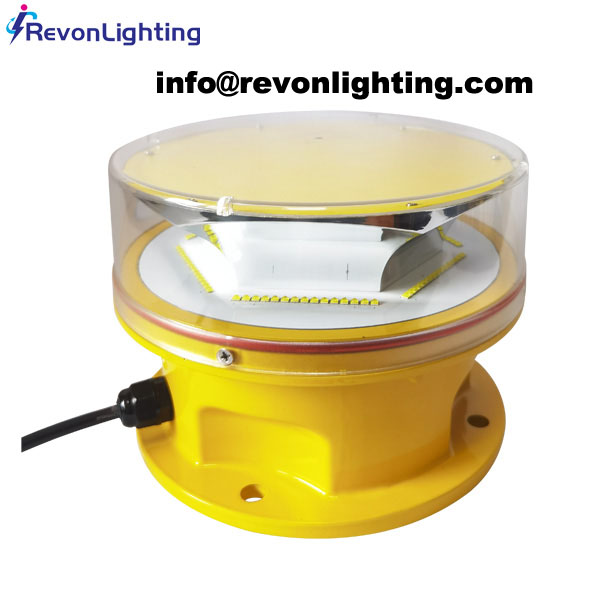Medium Intensity Aviation Obstruction Lights: Enhancing Safety in the Skies
With the constant growth of aviation activities around the world, ensuring the safety of air traffic becomes paramount. One crucial aspect of aviation safety is the use of obstruction lights on tall structures. Medium intensity aviation obstruction lights play a vital role in enhancing visibility and minimizing the risk of accidents. This article will explore the significance of medium intensity aviation obstruction lights and discuss their benefits in promoting safe skies.
Defining Medium Intensity Aviation Obstruction Lights
Medium intensity aviation obstruction lights are specially designed lighting systems installed on tall buildings, towers, cranes, or any other structure that could pose a potential hazard to low-flying aircraft. These lights emit a steady or flashing white light, providing a clear visual indication of the obstacle's presence during day or night. They are designed to enhance the visibility of obstructions, allowing pilots to identify and avoid them in a timely manner.
Importance of Medium Intensity Aviation Obstruction Lights
Enhanced Visibility and Collision Avoidance
The primary purpose of medium intensity aviation obstruction lights is to improve the visibility of obstacles for pilots. By emitting bright white lights, these lights ensure that structures stand out against the surrounding environment, regardless of weather conditions or time of day. This visibility enables pilots to detect potential hazards from afar, adjust their flight path accordingly, and maintain a safe distance.

Compliance with Aviation Regulations
Medium intensity aviation obstruction lights are not just optional accessories; they are mandatory for structures exceeding a certain height. The International Civil Aviation Organization (ICAO), along with national aviation authorities, has established guidelines and regulations regarding the installation of these lights. By adhering to these regulations, stakeholders ensure the safety of air traffic and avoid legal repercussions.
Protection Against Accidents and Collisions
Accidental collisions between aircraft and tall structures can have catastrophic consequences. Medium intensity aviation obstruction lights act as a powerful deterrent against such incidents. By providing clear and unambiguous indications of the obstruction's presence, pilots can adjust their flight paths or request alternative routes, minimizing the risk of accidents.
Promoting Nighttime Flying
Airports and helipads rely on medium intensity aviation obstruction lights to ensure safe nighttime operations. These lights enable pilots to navigate around tall structures while taking off or landing during low-light conditions. By illuminating obstructions, these lights create a well-defined visual reference, helping pilots maintain situational awareness and reducing the risk of accidents.
| Medium Intensity Aviation Obstruction Lights | Medium Intensity Aviation Obstruction Light |
Conclusion
In an era of increasing air travel, the importance of medium intensity aviation obstruction lights cannot be overstated. These lights serve as a critical safety measure for both pilots and aircraft, enhancing visibility, promoting collision avoidance, and ensuring compliance with aviation regulations. By investing in and maintaining effective obstruction lighting systems, stakeholders contribute to the overall safety and efficiency of air traffic, making the skies safer for all.